About Backcountry

Backcountry refers to outdoor recreational activities that take place in remote or wilderness areas, typically away from established trails and developed areas. It involves activities such as hiking, camping, backpacking, mountaineering, skiing, snowboarding, and more.
Backcountry trips are often characterized by their self-sufficiency and the need for individuals or groups to carry their own gear, food, and supplies. Participants in backcountry activities often seek solitude, adventure, and a closer connection with nature. Backcountry offers a wide range of products for outdoor activities, including hiking, camping, climbing, skiing, snowboarding, and more. Their inventory includes gear, apparel, footwear, accessories, and equipment from various well-known brands.
While backcountry adventures can be incredibly rewarding, they also come with inherent risks. Participants must be prepared to navigate difficult terrain, face unpredictable weather conditions, and be knowledgeable about wilderness survival skills. Safety precautions, such as carrying appropriate gear, practicing Leave No Trace principles, and informing others about travel plans, are essential.
Beginners should consider starting with shorter and less challenging trips or seek guidance from experienced individuals or outdoor organizations. It’s also advisable to acquire knowledge about navigation, first aid, and other necessary skills before embarking on backcountry adventures.
Backcountry activities provide opportunities for exploration, personal growth, and a deep appreciation for nature’s beauty, but they require careful planning, preparation, and a respect for the natural environment.
Backcountry Pros & Cons
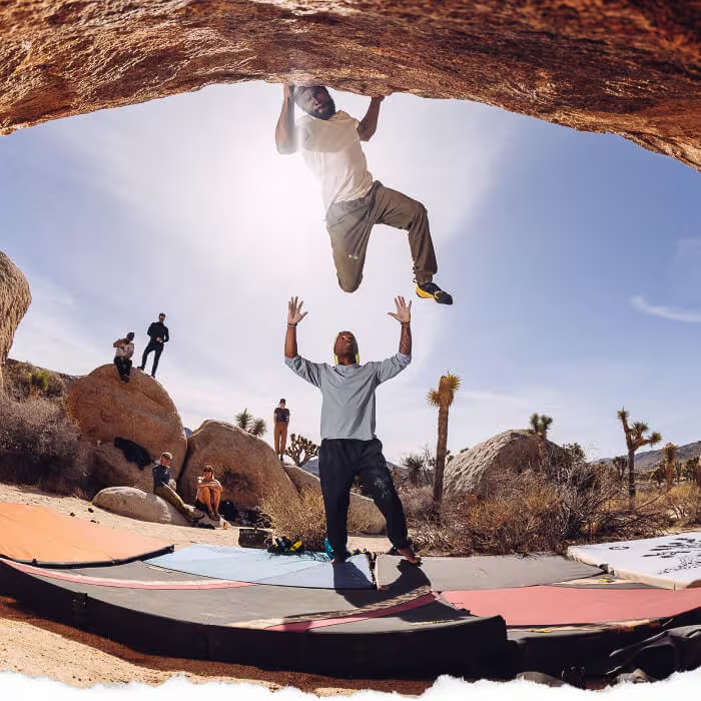
The Backcountry activities offer a unique and rewarding experience for outdoor enthusiasts, but they also come with their own set of pros and cons. Here are some of the advantages and disadvantages of engaging in backcountry pursuits:
Pros:
- Nature immersion: Backcountry adventures allow individuals to immerse themselves in pristine natural environments, away from crowds and developed areas. It provides an opportunity to experience the serenity and beauty of untouched wilderness.
- Solitude and escape: The backcountry offers a sense of solitude and escape from the hustle and bustle of daily life. It provides a chance to disconnect from technology, connect with oneself, and find tranquility in nature.
- Adventure and challenge: Backcountry activities often involve navigating rugged terrain, conquering peaks, and testing one’s physical and mental limits. The element of challenge and adventure can be exhilarating and help build resilience and confidence.
- Unique experiences: Backcountry exploration can lead to discovering hidden gems, breathtaking vistas, and off-the-beaten-path locations that are not accessible through conventional means. It allows for truly authentic and memorable experiences.
Cons:
- Increased risks: Backcountry activities carry inherent risks, including encounters with wildlife, exposure to harsh weather conditions, and the potential for accidents or injuries. Participants must be prepared for emergencies and possess the necessary skills and knowledge to mitigate these risks.
- Physical demands: Backcountry adventures often require physical fitness and stamina. Hiking or backpacking over long distances, carrying heavy loads, and dealing with challenging terrain can be physically demanding, especially for those who are inexperienced or unprepared.
- Lack of amenities: Unlike established campgrounds or developed areas, the backcountry typically lacks amenities such as toilets, running water, or designated campsites. Participants must be self-sufficient and carry their own supplies, including food, water, and shelter.
- Navigation and safety concerns: Navigating through unmarked trails or remote areas can be challenging, especially for those without proper navigation skills or experience. Getting lost or disoriented is a real risk, and it is important to have navigation tools, maps, and a solid understanding of the environment.
- Limited accessibility: Accessing backcountry areas may require significant travel time, permits, or specialized equipment. Remote locations may be difficult to reach, and transportation logistics can pose challenges.
Backcountry activities, it is crucial to assess personal abilities, obtain necessary knowledge and skills, and take appropriate safety precautions to ensure an enjoyable and safe experience.
Best Backcountry Pieces

When venturing into the backcountry, having the right gear is essential for comfort, safety, and performance. Here are some key pieces of equipment that are often considered essential for backcountry activities:
- Backpack: A high-quality backpack is crucial for carrying all your gear and supplies. Look for a backpack specifically designed for backcountry use, with a comfortable fit, adjustable straps, and sufficient capacity for your needs.
- Tent: A lightweight and durable tent is necessary for overnight trips. Choose a tent that is appropriate for the season and weather conditions you expect to encounter. Look for features such as ease of setup, good ventilation, and waterproof materials.
- Sleeping Bag: Invest in a high-quality sleeping bag that suits the temperature range of your intended trips. Consider factors like insulation, weight, and packability. Down-filled sleeping bags are popular for their warmth-to-weight ratio, but synthetic options are also available.
- Sleeping Pad: A sleeping pad provides insulation and cushioning, enhancing your comfort and warmth while sleeping. Look for a lightweight and compact option that suits your preferences, whether it’s an air pad, foam pad, or self-inflating pad.
- Navigation Tools: Carry a map, compass, and/or GPS device to navigate through backcountry terrain. Ensure you have the necessary skills to use these tools effectively. GPS-enabled devices can be helpful, but always have a backup plan in case of battery failure.
- Clothing Layers: Layering is key to adapting to changing weather conditions. Include moisture-wicking base layers, insulating mid-layers, and waterproof and breathable outer layers. Don’t forget to pack extra socks, gloves, and a warm hat.
- Food and Water Filters: Plan and pack lightweight, high-calorie, and easy-to-prepare meals for your backcountry trips. Additionally, carry a water filter or purification system to ensure a safe drinking water supply. There are various options available, such as filters, chemical treatments, or UV sterilization devices.
- First Aid Kit: Carry a comprehensive first aid kit that includes essential items for treating minor injuries, blisters, cuts, and other ailments. Consider any specific medical needs or medications you may require.
- Lighting: A headlamp or flashlight is essential for navigating in low-light conditions and emergencies. Opt for a lightweight and reliable option with long battery life.
- Safety Gear: Depending on your activities and the terrain, additional safety gear may be necessary. This can include items such as a helmet, climbing harness, avalanche beacon, shovel, probe, or bear spray, based on the specific risks of your location.
Remember, it’s important to select gear based on your needs, preferences, and the specific conditions you expect to encounter. Prioritize quality, durability, and functionality when investing in backcountry gear to ensure a safer and more enjoyable experience.
Where to Buy Backcountry Products?
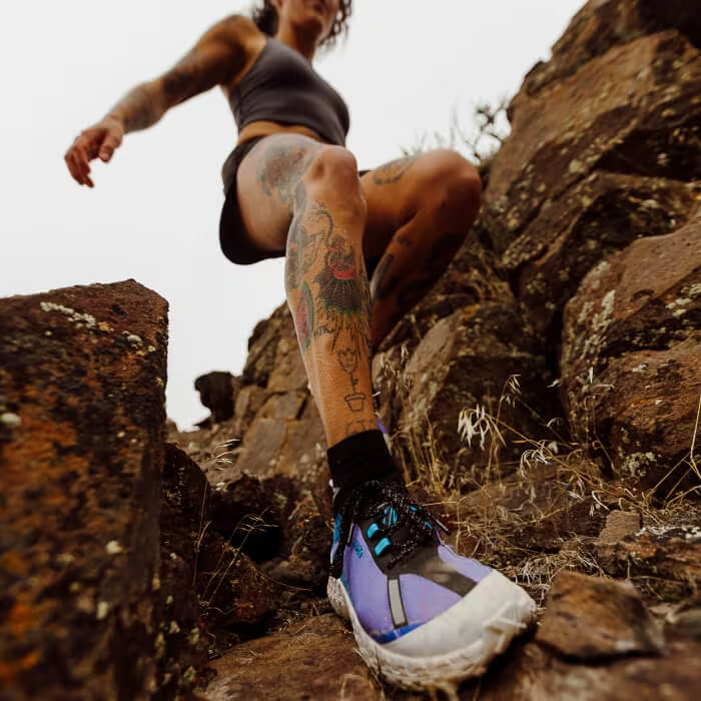
There are several options for purchasing backcountry products. Here are some popular places where you can buy gear and equipment for your backcountry adventures:
- Outdoor Retailers: Physical outdoor retailers like REI (Recreational Equipment, Inc.), Cabela’s, or Bass Pro Shops often have a wide range of backcountry products. These stores typically have knowledgeable staff who can assist you in finding the right gear for your needs.
- Online Retailers: Online platforms offer a vast selection of backcountry products and the convenience of shopping from home. Some popular online retailers for outdoor gear include:
- REI.com
- Backcountry.com
- Moosejaw.com
- Amazon.com (which offers a wide variety of outdoor gear)
- Manufacturer Websites: Many backcountry gear manufacturers have their own websites where you can directly purchase their products. Visiting the manufacturer’s website can provide you with detailed information about the gear and ensure that you’re buying from a reliable source.
- Local Outdoor Specialty Shops: Check for local outdoor specialty shops in your area. These smaller, independent stores often carry a curated selection of high-quality backcountry gear and can provide personalized advice and recommendations.
- Secondhand Marketplaces: If you’re looking for more budget-friendly options, consider checking out secondhand marketplaces. Websites like GearTrade.com, REI Used Gear, and local buy/sell/trade groups can offer used gear at discounted prices. Ensure that the gear is in good condition and meets your requirements before making a purchase.
Remember to compare prices, read customer reviews, and consider factors like warranty, return policies, and customer support when deciding where to buy backcountry products. It’s also beneficial to try out gear in person when possible to ensure the best fit and functionality.
Backcountry Promotions & Discounts
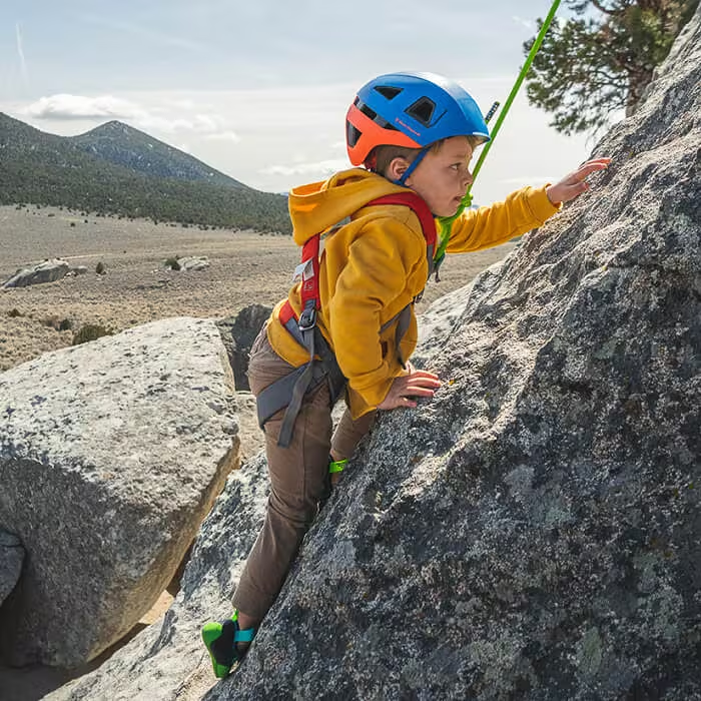
Backcountry promotions and discounts can vary throughout the year and depend on the specific retailer or manufacturer. Here are a few common ways to find promotions and discounts for backcountry products:
- Sales and Clearance Events: Keep an eye out for sales events, such as seasonal or holiday promotions. Retailers often offer significant discounts during events like Black Friday, Cyber Monday, or end-of-season clearance sales. Subscribe to email newsletters or follow retailers’ social media accounts to stay updated on upcoming sales.
- Membership Programs: Some outdoor retailers have membership programs that offer exclusive discounts, rewards, and early access to sales. For example, REI’s Co-op Membership provides a yearly dividend and access to member-only sales.
- Manufacturer Rebates: Manufacturers occasionally offer rebates or discounts on their products. Check the manufacturer’s website or sign up for their newsletters to receive updates on any promotions or special offers.
- Outlet Stores: Outlet stores for outdoor retailers can be a great place to find discounted backcountry gear. These stores often offer past-season or slightly imperfect items at lower prices. Check if there are any outlet locations near you or look for online outlets.
- Coupon Codes and Online Deals: Look for coupon codes and online deals through various websites or search engines. Websites like RetailMeNot, Coupons.com, or Honey may have promotional codes or discounts available for specific retailers or products.
- Used Gear Marketplaces: Consider purchasing used gear from reputable secondhand marketplaces, as mentioned earlier. Used gear can often be purchased at a lower cost compared to buying new, and some sellers may be open to negotiation.
- Brand Promotions and Partnerships: Outdoor brands sometimes collaborate with other companies or influencers to offer exclusive discounts or promotions. Keep an eye out for these collaborations, which are often announced through social media or newsletters.
Remember to read the terms and conditions of any promotions or discounts to ensure you understand the details, such as expiration dates, exclusions, and any required codes or steps to redeem the offer. Additionally, it’s always a good idea to compare prices and do some research to ensure you’re getting the best deal for the gear you need.
Backcountry Shipping and Return Policy
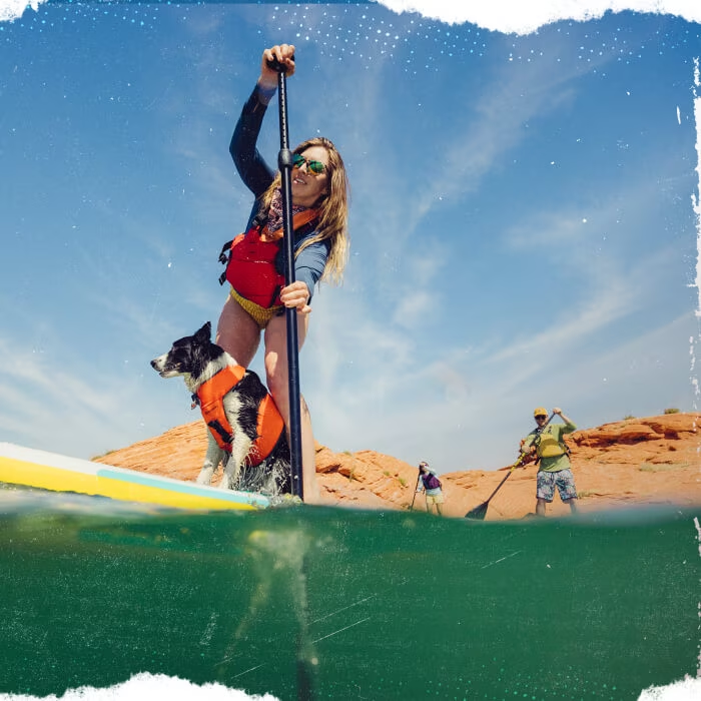
Shipping and return policies for backcountry products can vary depending on the retailer or online platform you choose to purchase from. Here are some general considerations:
Shipping Policies:
- Shipping Options: Most retailers offer various shipping options, including standard shipping, expedited shipping, and sometimes free shipping for orders above a certain amount. Check the retailer’s website or contact their customer service to understand the available shipping options and associated costs.
- International Shipping: If you are purchasing from a retailer based in a different country, make sure to check if they offer international shipping and understand any additional fees, customs duties, or import taxes that may apply.
- Delivery Timeframes: Retailers usually provide estimated delivery timeframes based on the shipping method and your location. Take these timeframes into account when planning your purchase to ensure timely delivery.
Return Policies:
- Return Window: Review the retailer’s return policy to understand the timeframe within which you can return a product. Common return windows range from 30 to 60 days from the date of purchase, but it can vary.
- Condition of the Product: Typically, items need to be returned in their original, unused condition with all original tags and packaging. Some retailers may have specific guidelines for returning outdoor gear, such as not removing the tags until you’ve tested the product.
- Return Methods and Costs: Check the return policy for information on how to initiate a return. Retailers may provide prepaid shipping labels for returns, offer drop-off options, or require you to cover the return shipping costs. Ensure you understand who is responsible for return shipping fees.
- Refund or Store Credit: Clarify whether the retailer provides refunds to the original form of payment or if they issue store credits instead. This information is usually outlined in the return policy.
- Exclusions and Restrictions: Read the return policy carefully to identify any specific exclusions or restrictions. Some items, such as clearance or final sale products, may have different return policies or may not be eligible for returns.
The specific shipping and return policies of the retailer you choose to purchase from Backcountry, as they can vary. If you have any questions or concerns about shipping or returning a product, contacting the retailer’s customer service is recommended. They can provide you with the most accurate and up-to-date information regarding their policies.
Contact Backcountry
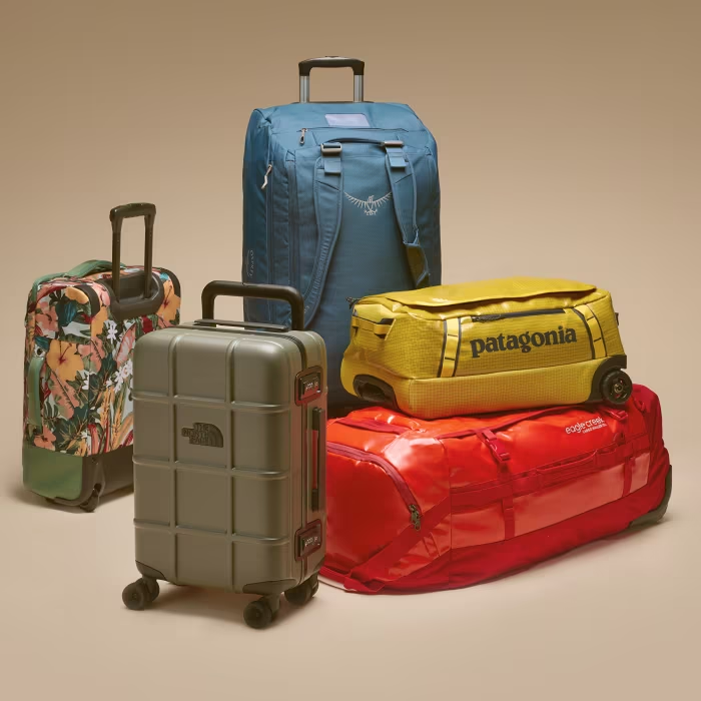
To contact Backcountry, an online retailer specializing in outdoor gear and clothing, you can use the following methods:
- Customer Service Phone Number: You can reach Backcountry’s customer service team by phone at 1-800-409-4502. Be prepared with any relevant information or order details when making the call.
- Live Chat: Backcountry’s website offers a live chat feature where you can chat with a customer service representative in real-time. Look for the live chat option on their website to initiate a conversation.
- Email: You can email Backcountry’s customer service team by filling out the contact form on their website. Provide your contact details, order information (if applicable), and a clear description of your inquiry or concern.
- Social Media: Backcountry is active on social media platforms like Facebook, Twitter, and Instagram. You can send them direct messages or tag them in your posts to get their attention.
- Help Center: Backcountry has a comprehensive help center on their website that provides answers to frequently asked questions and support articles. You may find the information you need by browsing through the available resources.
When contacting Backcountry, it’s helpful to have any relevant order information, such as order numbers, product details, or tracking numbers, on hand. This will assist the customer service representative in addressing your inquiry or issue more efficiently.
Verdict
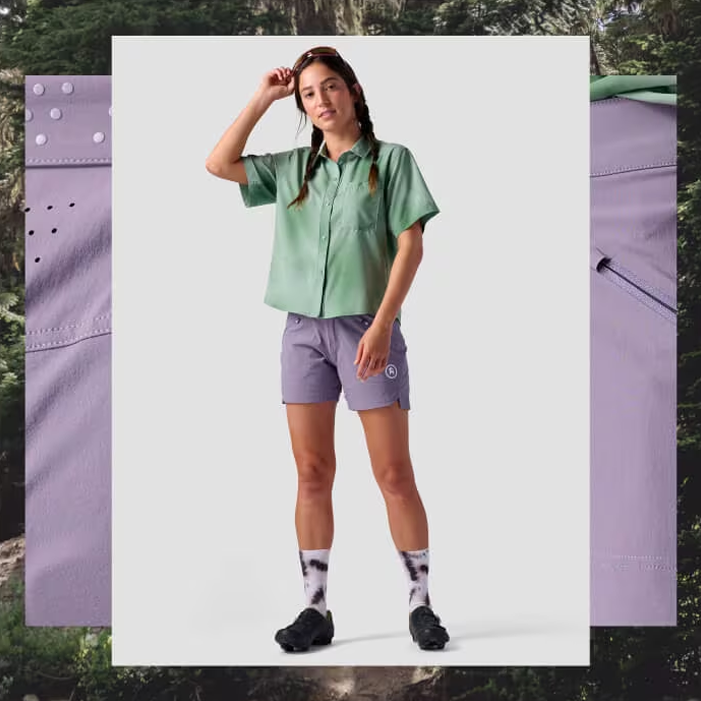
Backcountry is a well-established online retailer that specializes in outdoor gear and clothing. They offer a wide range of products from reputable brands, catering to various outdoor activities such as hiking, camping, skiing, and more. They have a user-friendly website that allows for convenient browsing and online shopping.
One of the advantages of Backcountry is their extensive selection of products, giving customers a wide range of options to choose from. They also provide customer support through phone, live chat, and email, allowing you to seek assistance or ask questions about their products or services.
Backcountry often runs promotions and discounts, providing opportunities for potential cost savings on outdoor gear. They have a reasonable return policy, which allows for returns within a specified timeframe, although specific conditions and shipping costs may apply.
While Backcountry primarily operates as an online retailer, they do not have a widespread physical store presence. Therefore, in-person browsing or trying out products may not be possible.
When making a decision about purchasing from Backcountry or any retailer, it’s always a good idea to read customer reviews, compare prices, and consider factors such as shipping options, return policies, and the specific gear you need for your outdoor activities.
Backcountry FAQ
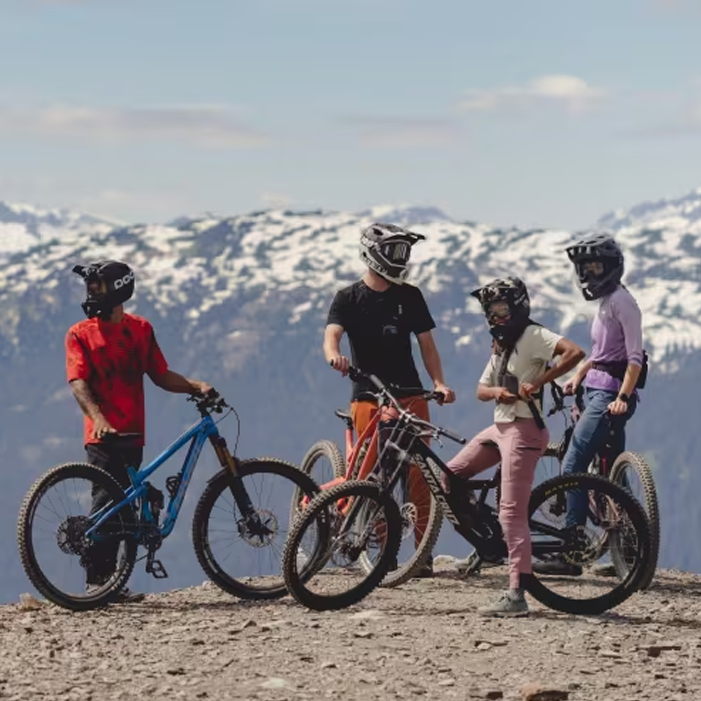
Is Backcountry a reputable online retailer?
Yes, Backcountry is a reputable online retailer specializing in outdoor gear and clothing. They have been in operation for many years and have a strong presence in the outdoor industry.
What types of products does Backcountry offer?
Backcountry offers a wide range of products for outdoor activities, including hiking, camping, climbing, skiing, snowboarding, and more. Their inventory includes gear, apparel, footwear, accessories, and equipment from various well-known brands.
Does Backcountry offer international shipping?
Yes, Backcountry does offer international shipping to many countries. However, international shipping availability and associated costs may vary depending on the destination.
What is Backcountry’s return policy?
Backcountry has a reasonable return policy. Typically, they accept returns within a specified timeframe (usually 30 days) from the date of purchase, as long as the items are in unused condition with original packaging. Some exclusions and restrictions may apply, so it’s important to review their specific return policy for details.
Does Backcountry have any physical retail locations?
While Backcountry primarily operates as an online retailer, they do have a limited number of brick-and-mortar stores. These physical stores, known as Backcountry Gearheads, are located in select locations and offer personalized service and gear recommendations.
Does Backcountry offer promotions or discounts?
Yes, Backcountry regularly offers promotions, discounts, and sales events throughout the year. They may have seasonal sales, clearance events, or special promotions on specific product categories. It’s a good idea to check their website or subscribe to their newsletters to stay updated on the latest deals.
How can I contact Backcountry’s customer service?
You can contact Backcountry’s customer service through multiple channels. They have a customer service phone number (1-800-409-4502), a live chat feature on their website, and an email contact form. You can also reach out to them through their social media accounts.


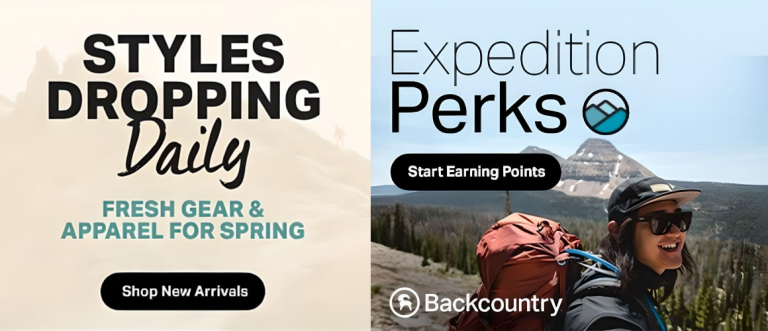
0 Comments